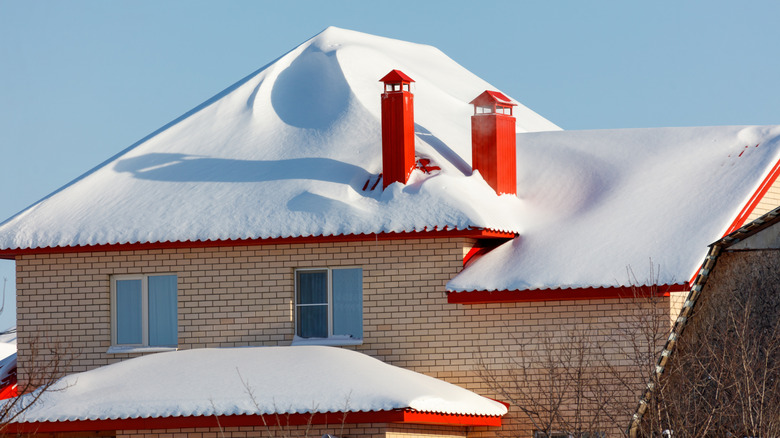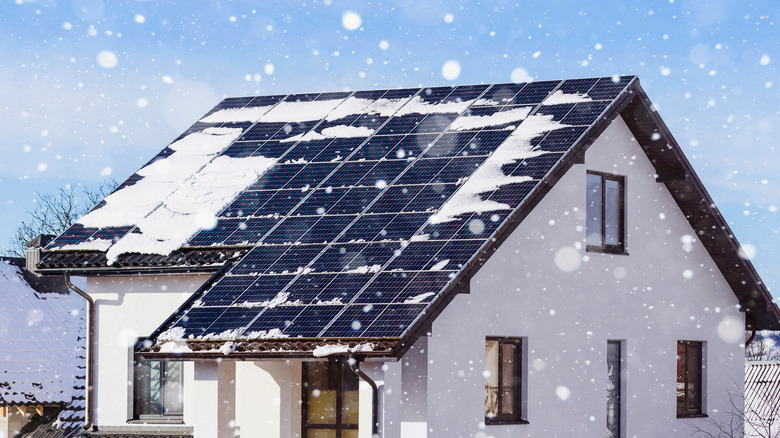Take Action To Keep Melting Snow From Wreaking Havoc Around Your Home
We may receive a commission on purchases made from links.
As winter transitions into spring, it's easy to get so caught up in enjoying the pleasant warm weather that you forget about a major change that could severely damage your home. All of that snow that piled up throughout the season will melt and potentially flood your basement, destroy your roof, leak through your ceiling, and more. As a result, you must take action to prevent the melting snow from wreaking havoc around your home. You can do this by clearing gutters and downspouts, repairing cracks, and checking the condition of your sump pump.
Make sure to add these tasks to your list of things to do to refresh your home for spring. Although these chores might be time consuming, they will prevent you from having to spend thousands on repairing water damage caused by melting snow. Water damage repair can cost anywhere from $1,300 to $6,300 on average. It's worth it to take precautions to avoid these high prices. If you cannot handle this maintenance yourself, consider hiring a professional to get the job done. Once you have properly prepared your home for melting snow, you can welcome spring's arrival without worry.
How to protect your home from melting snow
You should always keep up with cleaning your gutters and downspouts, but it's particularly important to take care of this home maintenance task before the snow beings to melt. Water on your roof escapes through this drainage as long as it is clear and properly positioned. However, if the liquid is obstructed, it can make its way into your home or pool on your roof, leading to damage. If you plan to complete this task yourself, consider using an essential gutter cleaning tool, like a roof rake, for convenient removal.
Repairing cracks around the foundation of your home will also prevent melted snow from making its way inside. Take some time to inspect your windows and doors to ensure that they are properly sealed as well. You can use caulk to seal cracks in the foundation. As for doors and windows that need to be protected, consider using a weatherstripping product, such as the DGSL Foam Insulation Tape. Your sump pump is arguably the most important factor in protecting your home from melted snow. This drainage holds water that pools around that home and ensures it travels away so that it does not lead to flooding. The location of a sump pump varies, but they are often placed in the basement of a home. Check yours to ensure it is draining properly. To test it, locate the sump pit and pour water into it. If it drains out though the discharge pipe, you're good to go. If it doesn't, it may be time to call a professional.

